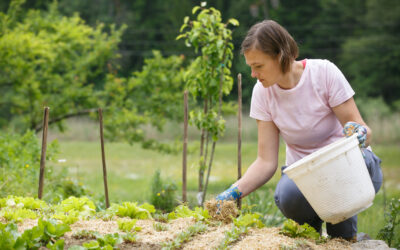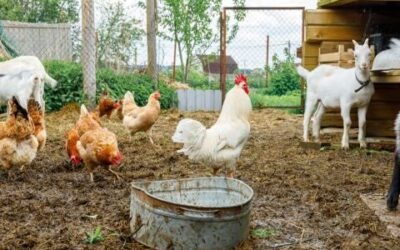
For horses with heaves, a disease much like asthma in humans, difficulty breathing is a fact of life. Though we can’t cure it for our horses, we can help to manage the symptoms.
Heaves is an allergic reaction to inhaled particles. According to Dr. Gabrielle A. Landolt, DVM, Ph.D., “Once inhaled, an allergic reaction causes the small airways in lung tissue to narrow and become obstructed. A combination of three factors causes airway obstruction: inflammation and thickening of the tissue lining the airways (bronchiolitis), constriction of the smooth muscles that surround them (bronchospasm), and accumulation of mucous in the airways.”
Symptoms of Heaves
As horse owners, we may notice our horses coughing more than usual in the beginning. As the disease progresses, it becomes more easily diagnosed with symptoms of nasal discharge, wheezing, increased respiration rate, and even exercise intolerance.
How To Manage Symptoms
There is no treatment for heaves, but we can manage our horse’s environment to reduce symptoms. Increasing the ventilation in your horse’s stall is imperative. If you cannot provide more than adequate ventilation in your horse’s stall, you may consider leaving him or her turned out as much as possible.
Remove Dust
The removal of dust (well, as much as possible!) from the horse’s stall and feed is imperative. Many beddings are quite dusty, such as straw and sawdust, so it may behoove you to look for alternatives. Make sure that you also remove your horse from the stall when you clean it, as cleaning stirs up dust and other harmful chemicals, such as ammonia. Heaves can also be exacerbated by prolonged exposure to ammonia, as it irritates the lungs and respiratory tract even more. Make sure that you clean your horse’s stall regularly to limit the amount of ammonia your horse inhales.
Hay is often a source of dust in your horse’s environment. Some equestrians soak or steam their hay to cut down on the dust. Others turn to chopped forage for horses that is high-temperature dried to effectively kill irritating mold spores while being coated in oil to eliminate dust. This is a smart way to control dust without needing to perform any additional work around the barn.
If your horse’s symptoms continue to progress, it is prudent that you contact your veterinarian. Depending on the severity of the disease, they may prescribe antibiotics or even steroids to help manage the condition.
For those of us who have a horse with heaves, it’s good to know that we can control this condition. It requires constant monitoring on the part of the owner, but the results are more than worth it: a happy and healthy horse.




